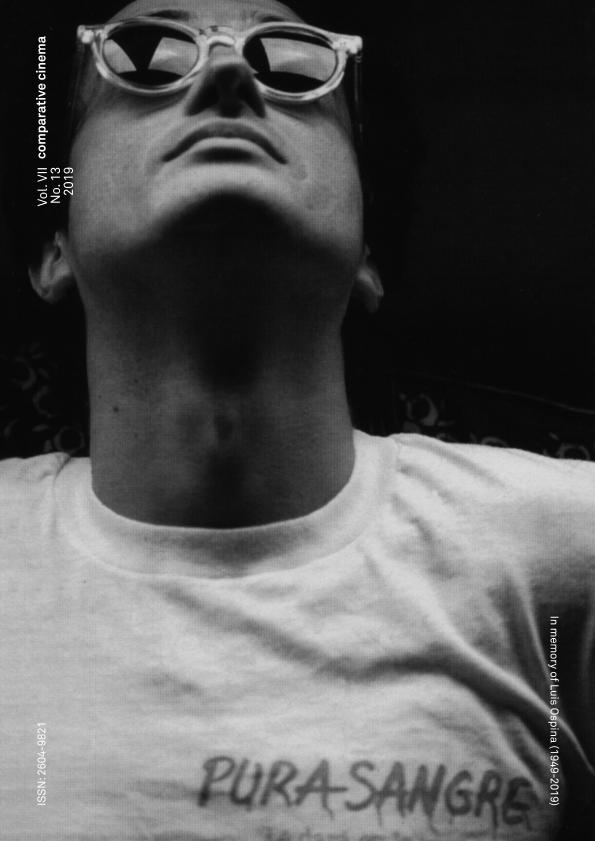Artículo
Cinema takes part in the tradition of rites for evoking the dead that are also rites of separation from their corpses. Once the image is formed, the corpse can be buried. Sometimes this image is a tombstone, others a death mask or a photo. Cinema provided a new possibility: filming or recording the corpse while it was alive. In this way, photography and cinema were the two most powerful instruments of immortalization (embalming) of the 20th century. This article investigates immanent and transcendent corpses in Argentinian history: Evita Perón, the desaparecidos (“missing people”) of the last military dictatorship, and Pedro Eugenio Aramburu (the de facto ex-President who overthrew Perón in 1955 and was murdered by Montoneros’ guerrilla organization), among others. Based on the cinematographic representations which evoke these corpses (with varying degrees of accuracy), as well as the popular expressions that accompanied them (militant songs, colloquial expressions, etc.), this text explores the transformation of a corpse, as such, to its consecration as the image of the people. Recorrido por los cadáveres en el cine y la literatura argentina para reflexionar sobre la memoria y los desaparecidos.
Notes on some Argentinian corpses
Fecha de publicación:
06/2019
Editorial:
Universitat Pompeu Fabra. Departamento de Comunicación
Revista:
Comparative Cinema
ISSN:
2604-9821
Idioma:
Inglés
Tipo de recurso:
Artículo publicado
Clasificación temática:
Resumen
Archivos asociados
Licencia
Identificadores
Colecciones
Articulos(SEDE CENTRAL)
Articulos de SEDE CENTRAL
Articulos de SEDE CENTRAL
Citación
Aguilar, Gonzalo Moises; Notes on some Argentinian corpses; Universitat Pompeu Fabra. Departamento de Comunicación; Comparative Cinema; VII; 13; 6-2019; 39-46
Compartir
Altmétricas




